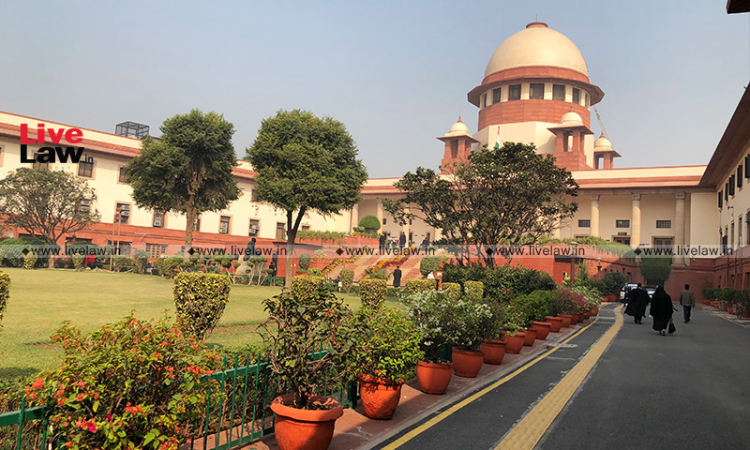Don't Delay The Process Of Identification Of Children In Streets, Supreme Court Directs States
Sohini Chowdhury
14 Dec 2021 8:56 AM IST

Next Story
14 Dec 2021 8:56 AM IST
On Monday, in a suo moto matter regarding the plight of the Children in Street Situation ("CiSS") across the country, the Supreme Court directed the State Governments and the Union Territories to complete the identification process without any delay. The Apex Court clarified that the State Governments and the Union Territories need not wait for any further direction from National...
